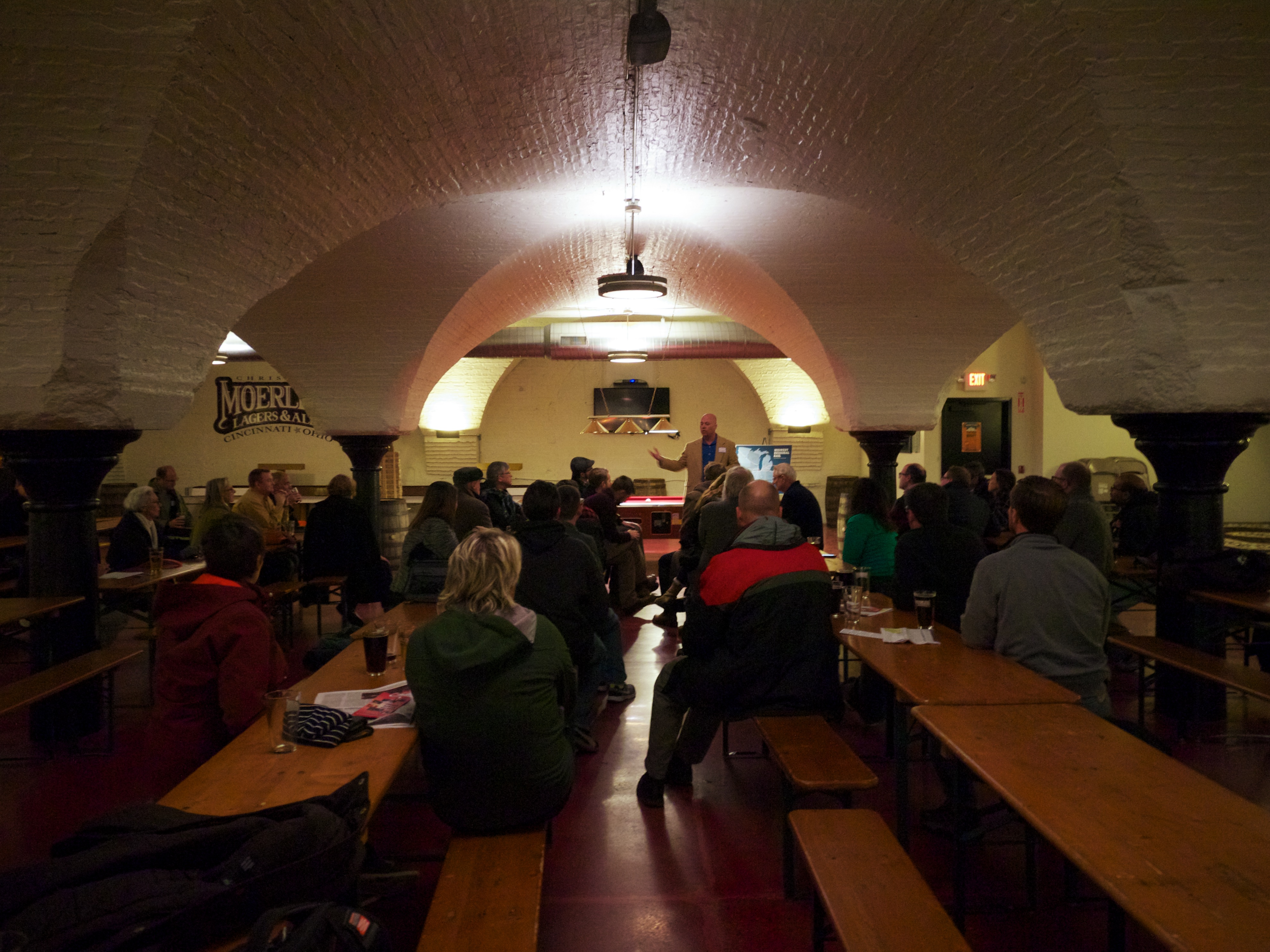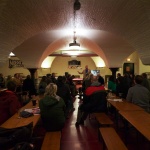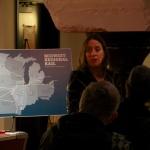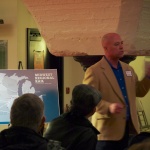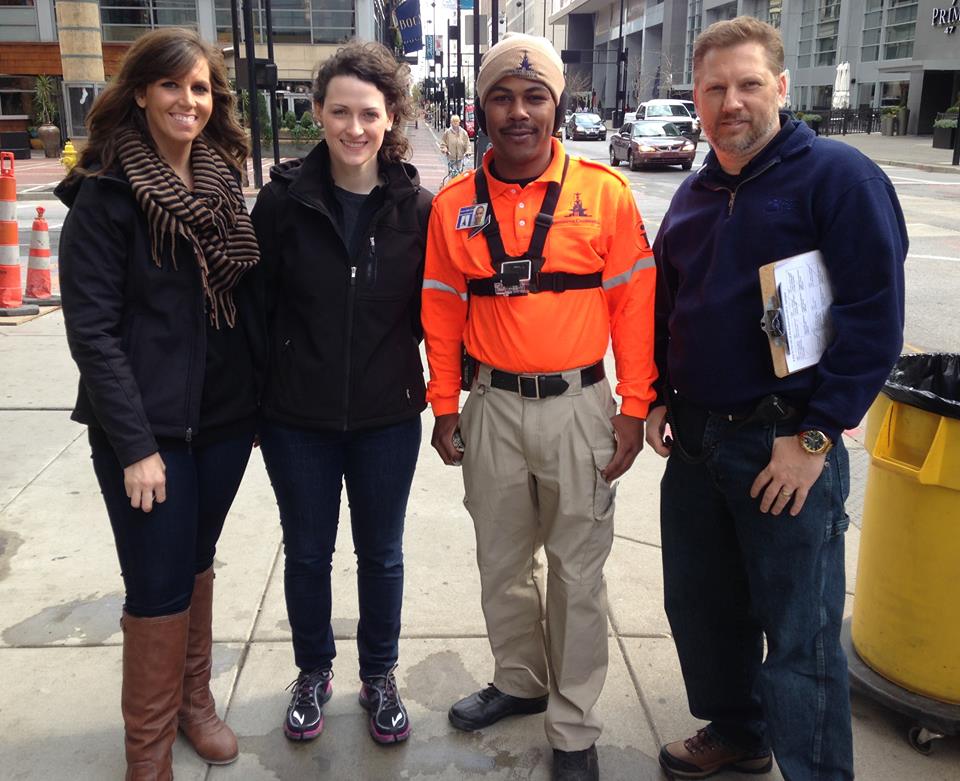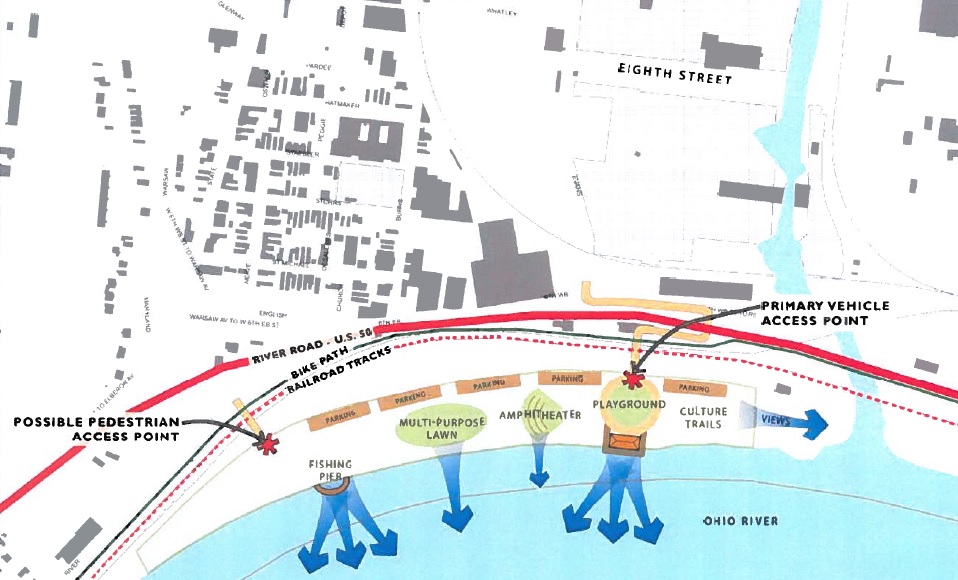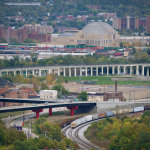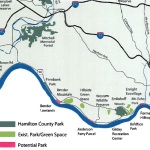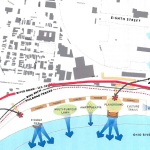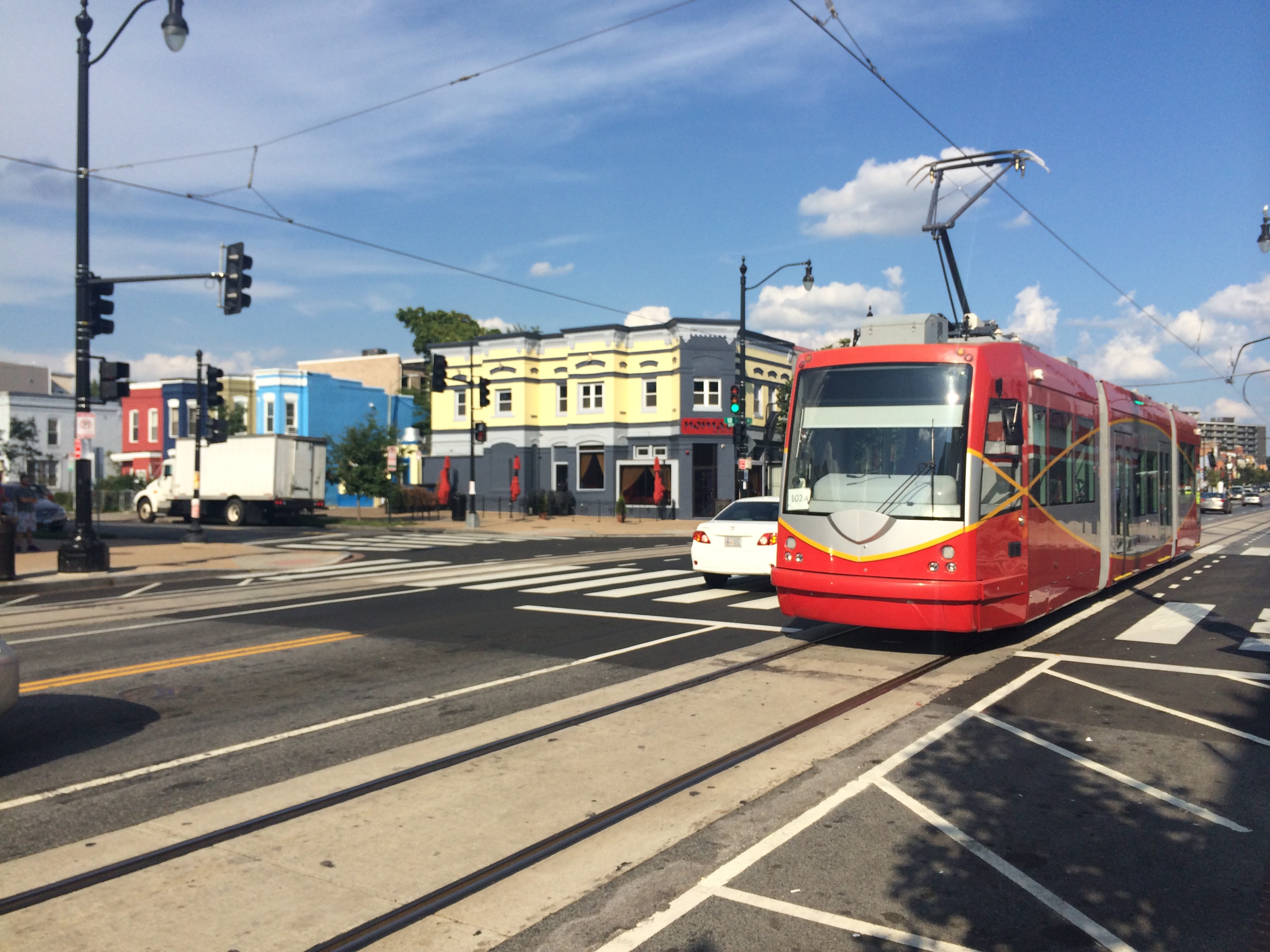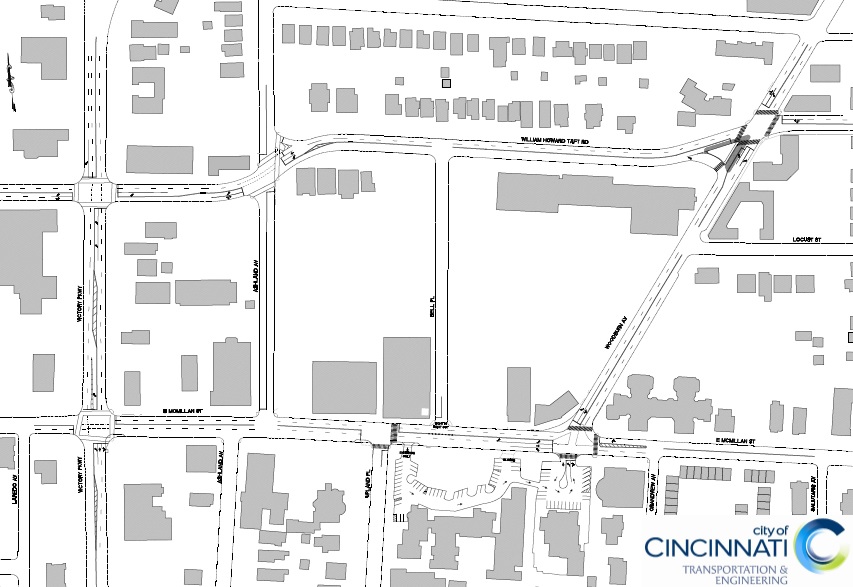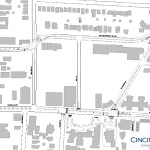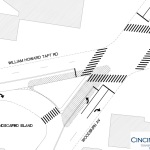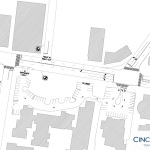 Ohio is surprisingly one of the nation’s least-served states by intercity passenger rail service, but All Aboard Ohio is working to change that.
Ohio is surprisingly one of the nation’s least-served states by intercity passenger rail service, but All Aboard Ohio is working to change that.
Perhaps best well known for their fruitless advocacy for the 3C Corridor – an intercity passenger rail line that would have linked Ohio’s largest cities – All Aboard Ohio has regained relevancy as of late. While continually advocating for improvements on existing Amtrak service across the northern reaches of the state, the non-profit organization has also become increasingly involved with efforts to establish rail service between Columbus and Chicago, and Cincinnati and Chicago.
Columbus currently has no connections to the capital of the economically robust Great Lakes region, but Cincinnati does, albeit ever so slightly. As of now, Cincinnatians can get to Chicago via the scrappy three-day-a-week train service offered on Amtrak’s Cardinal Route. In addition to not being daily service, trains infamously arrive and depart in the middle of the night.
This is something, however, that area leaders and All Aboard Ohio officials are working to change. One potential example, they say, is to extend existing service offered on Amtrak’s Hoosier Route. The combination of Amtrak’s Cardinal and Hoosier routes offers Indianapolis daily service to Chicago. From there, the hope is to make gradual improvements to bring the service up to 110mph speeds.
“There is a buzz and excitement in southwest Ohio about connecting to Indy and Chicago that is palpable,” explained Derek Bauman, SW Ohio Director for All Aboard Ohio. “Even those that have not necessarily been fans of previous rail projects see the necessity of connecting to Chicago – the business and commerce epicenter of the U.S. between the coasts.”
The energy Bauman speaks of was recently seen at an area meeting held by All Aboard Ohio at the Christian Moerlein Tap Room in Over-the-Rhine. According to Ken Prendergast, Executive Director of All Aboard Ohio, such meetings are typically pretty dull, but this was not the case in Cincinnati.
“Our free local meetings are usually less extravagant than our statewide meetings, and are more akin to briefing or coordination gatherings,” Prendergast told UrbanCincy. “They generally only draw a dozen or two dozen people, so this meeting’s attendance was pretty good.”
All Aboard Ohio welcomed Cincinnati City Councilwoman Amy Murray (R) as their special guest. Over the past few months Murray has taken on a bit of a leadership role in the discussion about establishing daily rail service to Indianapolis and onward to Chicago. Her leadership has also come at a time when Hamilton County Commissioners, in a surprising fashion, voted unanimously in favor of studying the establishment of such service.
Bauman says that All Aboard Ohio has been working with the OKI Regional Council of Governments on a potential scope and funding plan for a feasibility study on the manner, following the unanimous vote from Greg Hartmann (R), Todd Portune (D) and Chris Monzel (R). He says that the group has also been meeting with local jurisdictions and business leaders to grow support even further.
“A big part of this is educating stakeholders on what our competitor regions throughout the Midwest are doing,” said Bauman. “For example, Detroit has three Amtrak roundtrips a day, Milwaukee has seven, St. Louis has five, and even Carbondale, IL has three. Simply put, we are being left behind.”
Some of that recent outreach has included both Hamilton and Oxford – communities that sit along the existing Cardinal Route and would be prime candidates for stops in a case where service is enhanced. To that extent, both communities, in addition to Miami University, have expressed their support for the effort. Now, according to Bauman, the next steps are to reach out to Xavier University and the University of Cincinnati.
“As we continue to work with business and government leaders toward establishing at least daily service to Cincinnati, coordinating with our regional institutions of higher learning will be a growing and vital piece of our advocacy partnership focus,” Bauman explained. “Bringing back proper inter-city rail services will be transformative for our region and positively impact the lives of people.”
